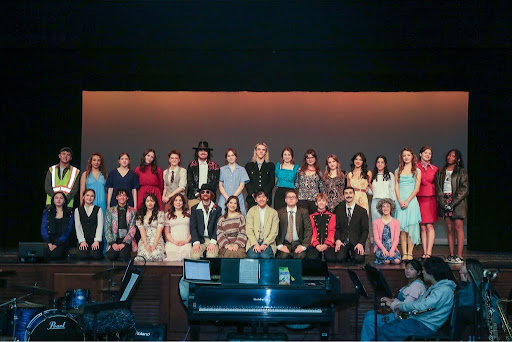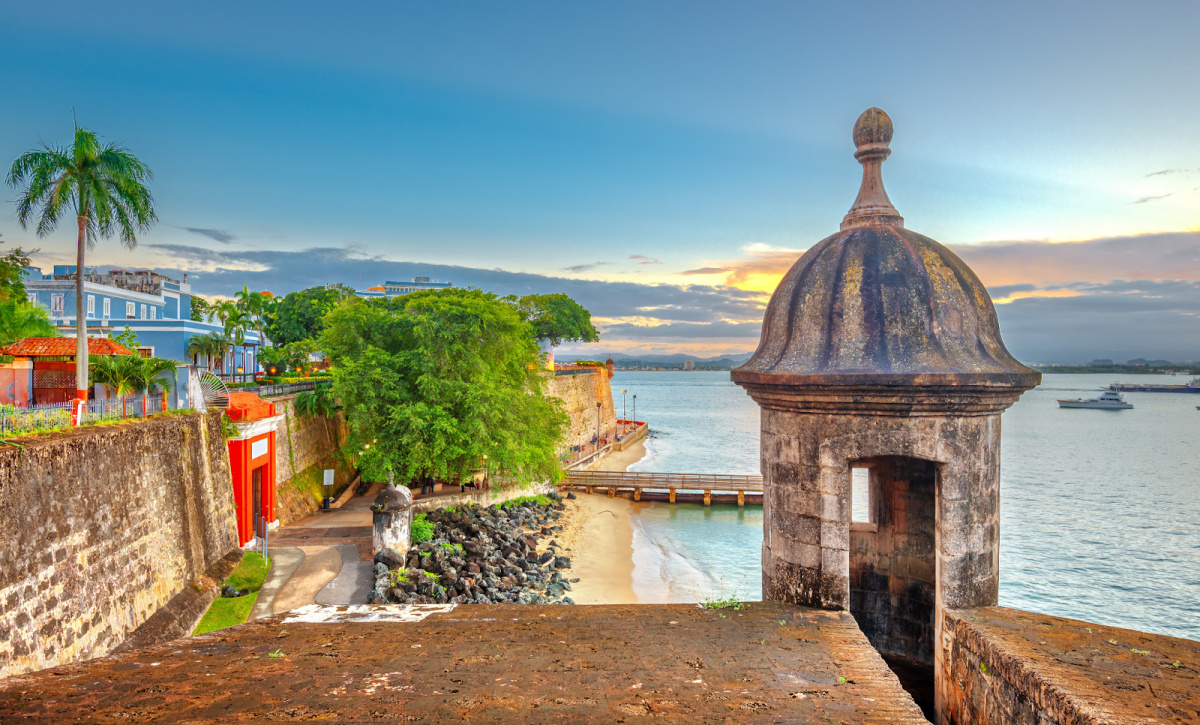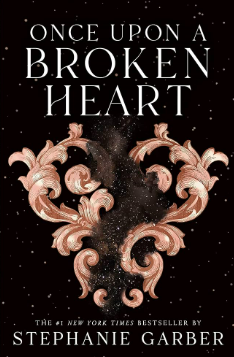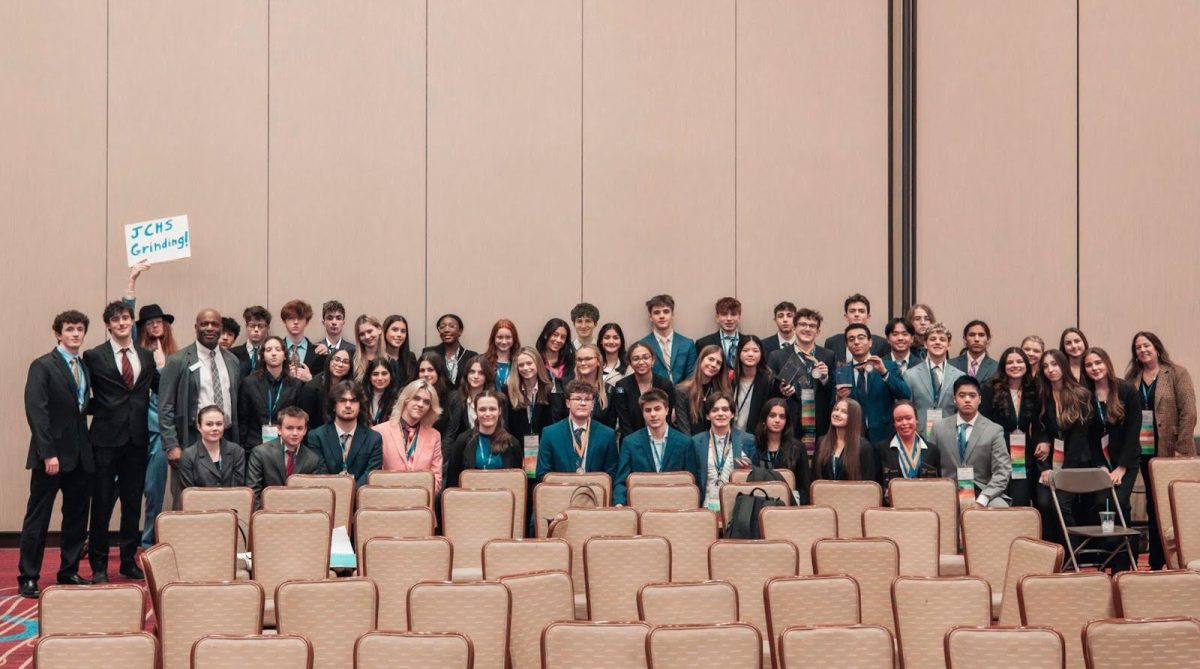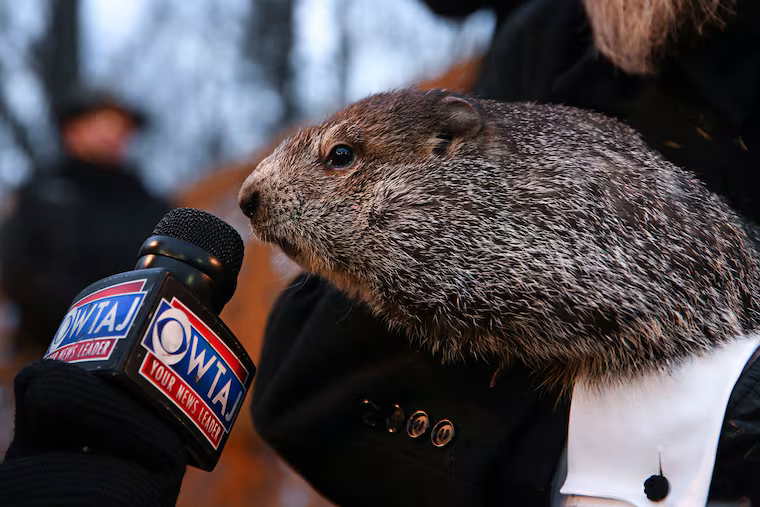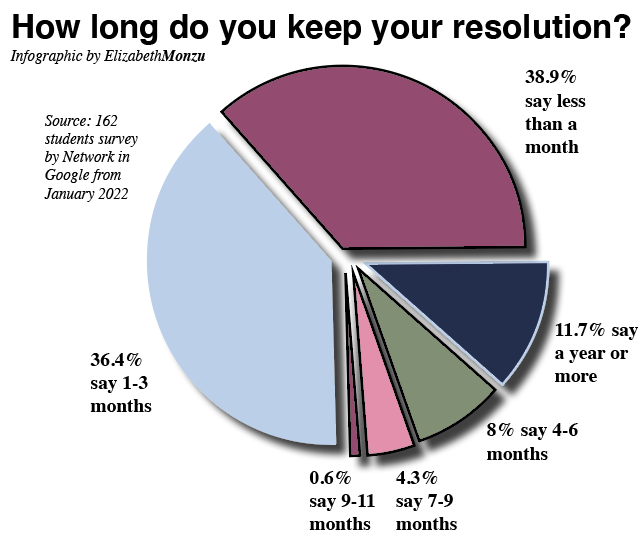The holiday season is finally here! It is always fun to decorate for the holiday season and see everyone’s lights and decorations as well, especially now, considering how 2020 has been such a crazy year. People from all around the world have embraced this festive season, and many countries have even formed their own traditions along the way. Here are 10 unique Christmas traditions from around the world:
1) Advent Calendars: Germany

While we have all heard of advent calendars, a major part of Germany’s Christmas celebrations is Advent. Advent lasts from the first Sunday of Advent, which is about four weeks before Chritsmas, to December 24. Beautifully decorated calendars and wreaths are used to count down the days until Christmas, similar to the advent calendars we know ourselves.
2) Jolabokaflod: Iceland
Icelandic people celebrate Christmas Eve with a tradition called Jolabokaflod, which roughly translates to “Christmas book flood” in English. On Christmas Eve, people exchange books and spend the evening reading and drinking hot chocolate. Jolabokaflod started during World War II, when paper was one of the few items not rationed in Iceland. People decided to give books as gifts since other commodities were in short supply, and people in Iceland continue to participate in this tradition today.
3) The Night of the Radishes: Oaxaca, Mexico

On December 23, competitors carve nativity scenes into large radishes. The carved radishes are displayed at the Christmas market, and Oaxaca even has land dedicated to growing vegetables just for this event.
4) Le Réveillon de Noël: France

Le Réveillon de Noël is a French tradition similar to Christmas Eve in other cultures. On December 24, people gather with family and close friends and have a large meal. The starter for a Christmas Eve meal is typically seafood, such as oysters and smoked salmon. The main meal is often turkey, but goose or lobster are also popular. For dessert, people have a “buche de Noël”, which is also known as a “Yule log”. A “buche de Noël” is a chocolate Swiss roll with extra decorations and chocolate on the outside, which helps it resemble an actual log.
5) Krampus: Austria
There is a legend in Austria that a devil-like creature called Krampus comes on December 6 and supposedly chases naughty children. Krampus is a character who comes from folklore in Austria’s Alpine region. Krampus has been frightening children and amusing parents for hundreds of years.
6) St. Nicholas Day: Netherlands
St. Nicholas Day is celebrated on December 5th in the Netherlands. It is believed that on December 5th, St. Nick, also known as Sinterklaas, catches a steamboat from Spain. In preparation, kids leave traditional clogs or their regular shoes by the fireplace or a door. The shoes are filled with hay and carrots for St. Nick’s white horse, and the kids hope that they will wake up to find small gifts in their shoes.
7) Christmas Boats: Greece

While Christmas trees are popular in Greece, you’ll also find boats decorated with strings of lights. Boats have always been a part of Greek culture due to the country’s ancient maritime tradition, so they were decorated long before Christmas trees came along. St. Nicholas is also considered the patron saint of sailors, which is most likely why boats are decorated on December 6th.
8) Christmas Pudding: U.K.

Christmas pudding, also known as plum pudding, dates back to the Middle Ages. The original version of Christmas pudding did not actually have plums in it, and the consistency is believed to have been more like a stew rather than a pudding. Christmas pudding originally wasn’t a dessert, but a savory meat-based meal involving dried fruit. By Victorian times, Christmas pudding evolved into today’s fruit-based version. A traditional Christmas pudding hides a silver sixpence, or any coin, for good luck.
9) Yule Goat, Scandinavia

Throughout Scandinavia, especially Sweden, Norway, and Finland, locals celebrate a variation of Santa Claus, which involves him riding a goat instead of a sleigh pulled by reindeer. It’s common to see goat ornaments everywhere, and in the town of Gävle, Sweden, there is a larger-than-life straw goat in the town square. The goat structure is meant to last from Advent until New Year’s day, but it is an unofficial tradition for people to try to burn down the goat.
10) Venice Carnival, Italy
The Venice Carnival consists of masked costume balls. Some of the masked costume balls are expensive and sell out quickly, but there are plenty of free events in addition to balls. The Venice Carnival is tied to a 12th-century Catholic custom that most likely evolved from winter solstice practices and marked a period of full-on partying before the season of Lent began.


